|

|
History
Poverty and poor hygiene
are the major causes of jiggers.
To completely eradicate jiggers, Ahadi
Kenya Trust has been undertaking different
activities to change the lives of those affected.
The activities include; identifying those infested
with jiggers, intervention methods, training and
educating the community, empowering the
communities and finally rehabilitating the
victims back to normal lives.Through all
this activities, the main objective is to
eradicate poverty, reverse and halt
the spread of jiggers. |
1. Identification
Ahadi Kenya Trust has identified
millions of people infested with
jiggers. Majority are school children.
These group lacks good housing and
sanitation facilities. Most of the body
parts that are infested include hands,
knees, legs, private parts and to
an extent their whole body.
|
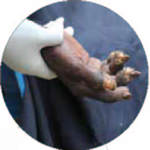 |
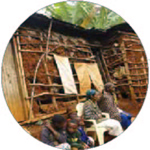 |
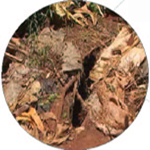 |
2. Intervention
With the help of corporates, well
wishers and volunteers, Ahadi Kenya
Trust has managed to treat those affected
and fumigate their homes to rid off the
jigger causing fleas. The process involves,
cleaning the feet and other affected areas
with clean water, dipping the affected areas
in a medical solution for 15 minutes and
then apply petroleum jelly. The extreme
cases are taken to hospital by
Ambulance Mashinani.
|
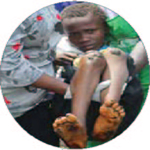 |
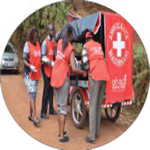 |
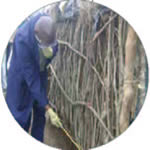 |
3. Training
Ahadi Kenya Trust undertakes
training and education especially to
the community, care givers and partners.
This is to educate them on control,
management and prevention of the
menace. It is also a way of building
capacity and creating
sustainability.
|
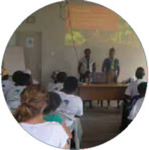 |
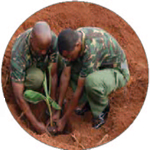 |
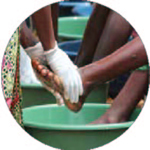 |
4. Empowerment
Poverty is a major cause of jiggers.
To break the poverty cycle, different
livelihood projects have been initiated as a
way of empowering the community so as to
be self reliant. Such projects include, banana
farming, bee keeping, rabbit farming, chicken
rearing and weaving. They are aimed at
improving the lives by creating income and
food security. For the children, Ahadi
Kenya Trust distributes shoes,
books and other education
materials.
|
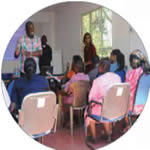 |
 |
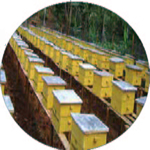 |
5. Rehabilitation
With income and food security, the
recovered jigger survivors are able to
lead a normal life. They can now attend to
their farms and afford simple sanitation and
medication materials such as basins, shoes,
clothing, soap etc. The children are able to
attend school and play with others without
feeling embarrassed or stigmatized.
Ahadi Kenya Trust also constructs
homes and improves on their
sanitation
|
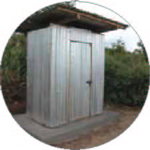 |
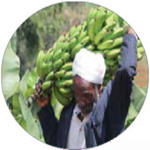 |
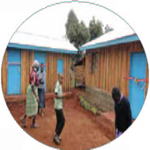 |
6. Repeat. This process
should be repeated 3
times a day for a period
of two weeks. After which
the patient can wear closed
shoes comfortably to
prevent further
infestation.
Steps to
treat a jigger
infested person.
|
Click here to view the Ahadi Kenya Trust Treatment Guide
|
^ Return
to top I Return to
home page
News
Updates: |
|
|

